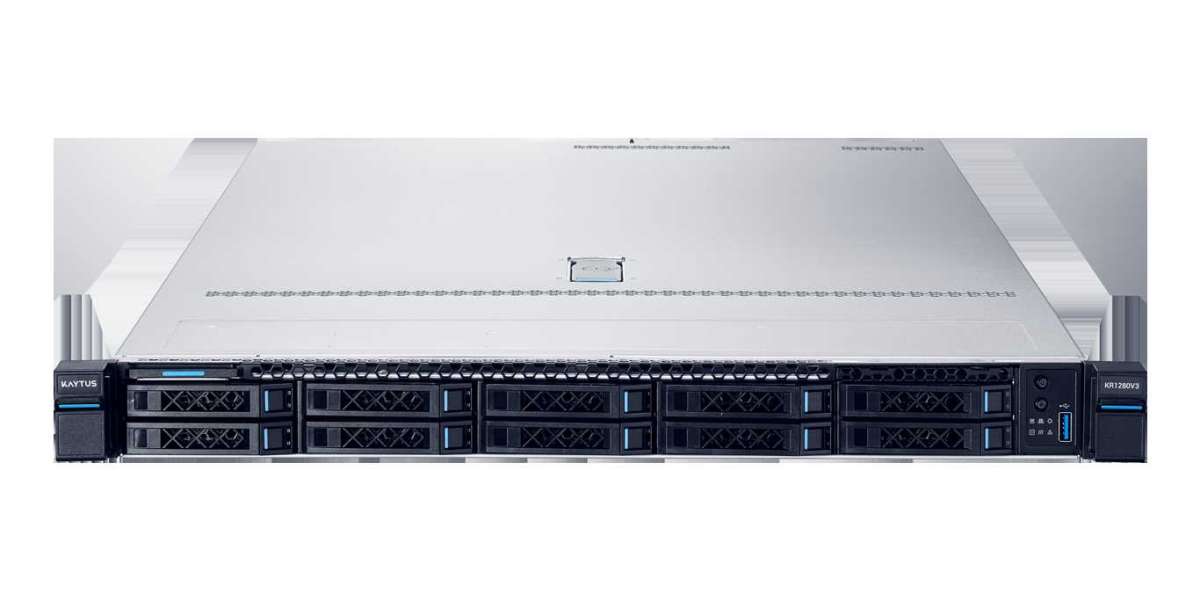Introduction
As liquid cooling data centers continue to grow in scale and power density, traditional air cooling methods are struggling to keep up with the heat generated by high-performance servers, GPUs, and AI workloads. Liquid cooling has emerged as a superior alternative, offering higher efficiency, lower energy consumption, and better thermal management.
What is Liquid Cooling?
Liquid cooling involves using a liquid (such as water, dielectric fluids, or specialized coolants) to absorb and transfer heat away from computing components more effectively than air. There are two primary types:
1. Direct-to-Chip (D2C) Cooling
- Coolant is delivered directly to processors, GPUs, and other high-heat components via cold plates.
- Eliminates the need for noisy fans and reduces hotspots.
2. Immersion Cooling
- Servers are fully submerged in a non-conductive dielectric fluid.
- Provides uniform cooling and allows for extreme density computing (e.g., Bitcoin mining, AI clusters).
Why Liquid Cooling is Gaining Popularity
1. Superior Thermal Efficiency
- Liquids can absorb 10-100x more heat than air, enabling higher-performance computing without thermal throttling.
- Ideal for AI, HPC, and edge liquid cooling data centers where heat dissipation is critical.
2. Energy Savings Lower PUE
- Reduces reliance on power-hungry CRAC (Computer Room Air Conditioning) units.
- Can lower Power Usage Effectiveness (PUE) to 1.02-1.1, compared to 1.5+ for air-cooled data centers.
3. Increased Hardware Density
- Enables higher rack densities (50kW+ per rack) compared to air cooling (15-30kW max).
- Saves floor space, reducing real estate costs.
4. Sustainability Reduced Carbon Footprint
- Cuts cooling energy consumption by 30-50%, lowering operational costs.
- Supports green liquid cooling data center initiatives by reducing water usage (compared to evaporative cooling).
5. Quieter Operation
- Eliminates noisy server fans, making it ideal for edge computing deployments in offices or urban areas.
Challenges Considerations
While liquid cooling offers significant advantages, there are some challenges:
- Higher Initial Costs – Requires specialized infrastructure (pumps, piping, leak-proof systems).
- Maintenance Complexity – Requires trained personnel for fluid handling and leak detection.
- Compatibility Issues – Not all servers are designed for liquid cooling (though major vendors like Dell, HPE, and Lenovo now offer liquid-ready models).
The Future of Liquid Cooling Data Centers
With the rise of AI, 5G, and quantum computing, liquid cooling is no longer just an option—it’s a necessity. Key trends include:
- Hybrid Cooling Systems – Combining air and liquid cooling for optimal efficiency.
- Two-Phase Immersion Cooling – Using evaporative cooling for even better heat transfer.
- Wider Industry Adoption – Cloud providers (Google, Microsoft, Meta) and hyperscalers are increasingly adopting liquid cooling.
Conclusion
Liquid cooling is transforming data centers by enabling higher performance, lower energy costs, and greater sustainability. As computing demands grow, liquid cooling will become the standard for next-gen liquid-cooling data centers.
frankie
29 Blog posts



